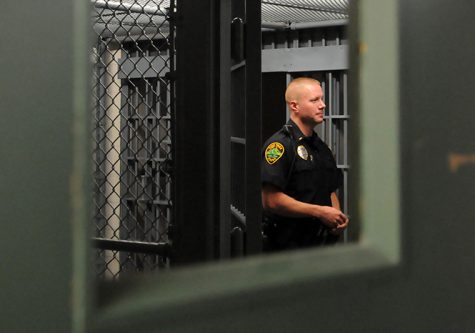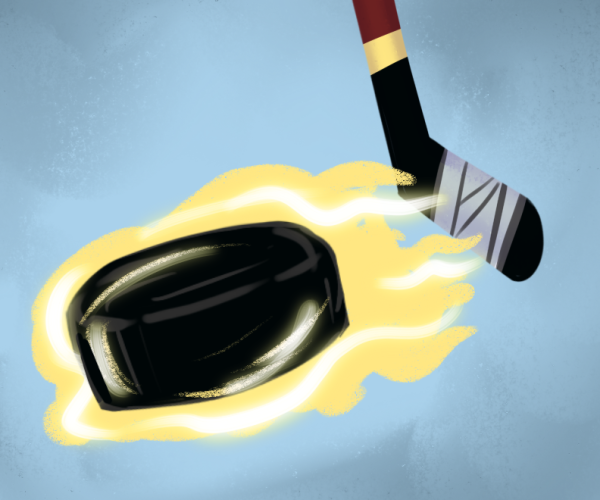Psychology professor creates relief plans for tsunami disaster
February 9, 2005
The World Health Organization is using the work of psychology professor Stevan Hobfoll to model disaster relief plans for the Pacific Rim.
“Hobfoll’s research has dominated stress and coping literature,” said Krys Kaniasty, psychology professor at Indiana University of Pennsylvania and editor of Anxiety, Stress, and Coping, a scholarly journal for research reports. “He is the person who has shaped the field in the last 10 years.”
Hobfoll has presented the Conservation of Resources theory, which says that resources are anything about which people care. These resources can range from tangible things such as a home and family to more conceptual things such as hope and self-confidence.
“Resource loss is an excellent predictor of how people react to disaster,” Hobfoll said. “Our model is based on the importance of loss of resources.”
Previous intervention has been based on a medical model, which means that people must show symptoms before receiving treatment, and they receive treatment on a case-by-case basis.
“Our interventions are more community-based,” Hobfoll said.
Community involvement is critical in Hobfoll’s work and for disaster relief planning because when community members are involved, members regain a sense of control over their lives.
“Even if I’m feeding you, every time you’re waiting in line, I’m increasing your sense of helplessness,” Hobfoll said.
To combat such feelings, Hobfoll’s work suggests that community members are given some of the authority in the decision-making process. A committee of community members should be created to distribute food, Hobfoll said.
Having community members take an active role in their recovery is important, Hobfoll said, because “they feel they can get the job done.”
Contact arts & sciences reporter Jordan Jacobs at [email protected].























